Pupils and teachers of the Plastic Arts, Image and Design Batxillerat course at the schools of the Garbí Pere Vergés Schools Foundation
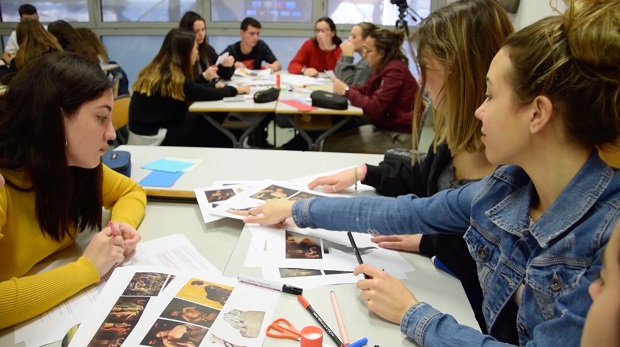
The project The Guilt-free Body (El cos sense culpa) enabled us to work with the Museu Nacional d’Art de Catalunya during the 2018-19 academic year.
In this article we shall explain what motivated us, the working process we followed, and the final shape it took.
Love and desire as a subject for reflection and creation
Every year, on the Arts Batxillerat course we look at our world and we ask ourselves questions that concern us. They are questions about human nature, society, ideas, experiences, conflicts, etc. They are not strictly artistic problems.
The challenge is to try to answer them through art or to express our opinion through art. Through the creative process we become aware of what we are thinking and feeling about the questions we ask. And we do so accepting that it always occurs openly, without a closed conclusion. The problems lead us to ideas that at the same time become questions. We find this work very beneficial; it helps us develop our critical and reflexive spirit, and to reinforce our aesthetic sensibility and creativity, just some of the project’s many aspects.
Love and desire are two aspects of the same human impulse, and it was the subject chosen by the pupils to be considered from different points of view.
In order to structure our reflection better, we turned to the history of philosophy and we realized the many different ideas it has generated. In doing so, we were asking ourselves whether or not we were sharing in those ideas, and we were surprised to see how up-to-date some of them were. For example, those of Utilitarianism, those of Foucault, or those of Plato.
To give shape to the complexity of the subject, we asked ourselves a series of questions with which we were trying to focus on more concrete aspects:
1. Our body (biology) makes us feel emotions and feelings that we find hard to manage rationally: sexual desire (Eros).
2. Do sexual desire and love have laws of behaviour similar to the principles of gravitational physics or electric or magnetic fields?
3. Carnal love (desire) and spiritual love are neither good nor bad in themselves. They are complementary and good if they help us to grow intellectually.
4. The distance between our expectations of love and desire (ideal) and what we experience in reality is a major source of frustration.
5. A balanced life is possible satisfying sexual desire in its natural proportion.
6. Can we become free by being able to subjugate our sexual desire? Does a free spirit find its metaphor in the naked body that has nothing to hide?
7. Do we feel guilty for experimenting with our sexual desires?
8. Does it make sense to decide “objectively-rationally” to love or desire a person?
9. Are we aware of how the authorized narratives about our identity-sexuality created by the powers-that-be affect us?
10. “Can we” free the body by satisfying all our sexual desires, voluntarily hurting the person we love/desire?
Mood boards. © Escola Garbí Pere Vergés
Each of these questions led us towards a creative process that was reflective at the same time.
Appropriation, a way of getting close to the museum
When thinking about how we wanted the creative process to take place, the role of the Museu Nacional d’Art de Catalunya was crucial. It offered us a large collection of very high-quality images from different periods, with which to establish a dialogue, and we asked them the same questions that we were asking ourselves.
For us, adolescents and young people, it was a very different way of getting close to the museum. We went from being passive recipients to active and critical spectators. And we found this very pleasing. We “saw” the museum through very different eyes.
We chose a volume of works that we felt were most suited to the problems we were focusing on and we established a dialogue with them. We appropriated them. By investigating them, we transformed them, we associated them with other contemporary authors and works and this method of working led us towards our own reflections-creations.
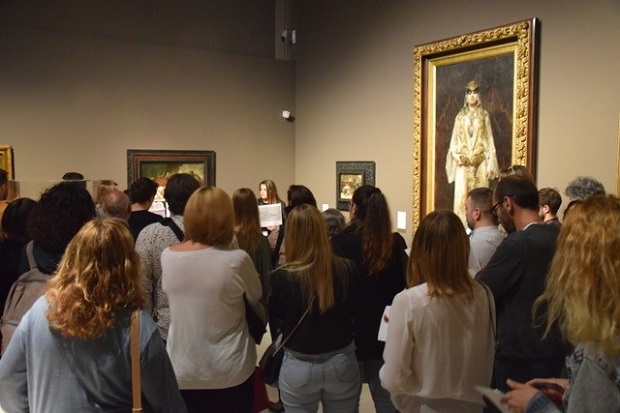
The process of creating and making the works was very open. Every project is shaped specifically by the choice of the artistic vehicle that the pupils think is most appropriate. Mood boards are the first step; they help us to be aware of our point of view on the subject and to begin exploring its visual possibilities. © Escola Garbí Pere Vergés
Making the creative process visible
Finally, it only remained to “give shape” to the work done. This first project was materialized on two supports. On the one hand, we gathered together and structured the whole process on a website: The Guilt-free Body.
The process of creating and making the works was very open. Every project is shaped specifically by the choice of the artistic vehicle that the pupils think is most appropriate. © Escola Garbí Pere Vergés
On the other, we created a very special visit for our educational community (parents and pupils) through the museum’s Modern Art rooms. We exhibited our experiences in front of the original works and with photographic reproductions of our creations.
In this way we turned the visit to the museum into a significant experience. Now we ask ourselves, could what we have done encourage other initiatives to bring the museum and adolescents and young people closer together?
Final Creations
This ia a compilation of some of the pieces created by pupils of the Plastic Arts, Image and Design Batxillerat. All creations are available on the website of the project The guilty-free body.
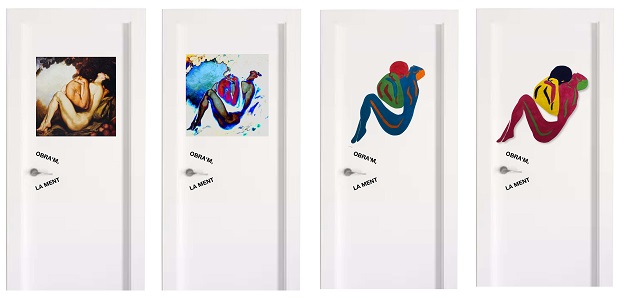
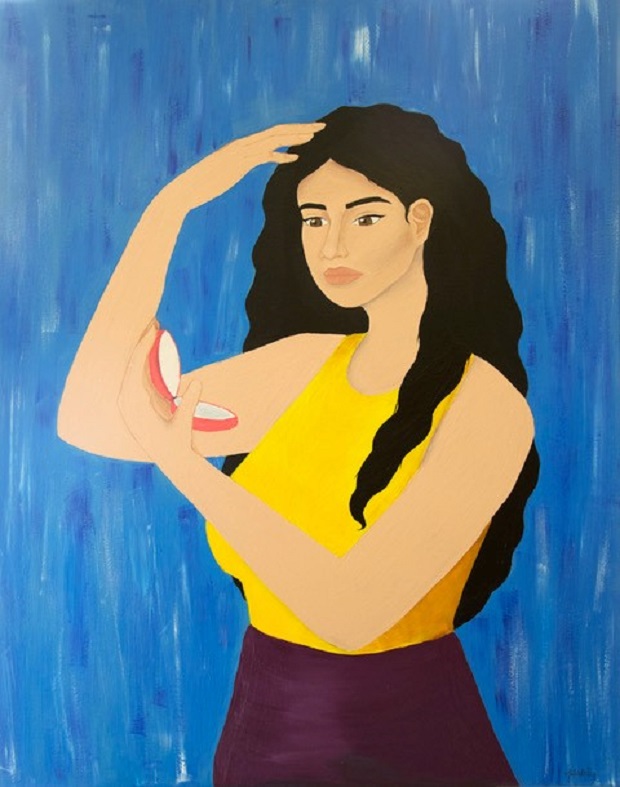
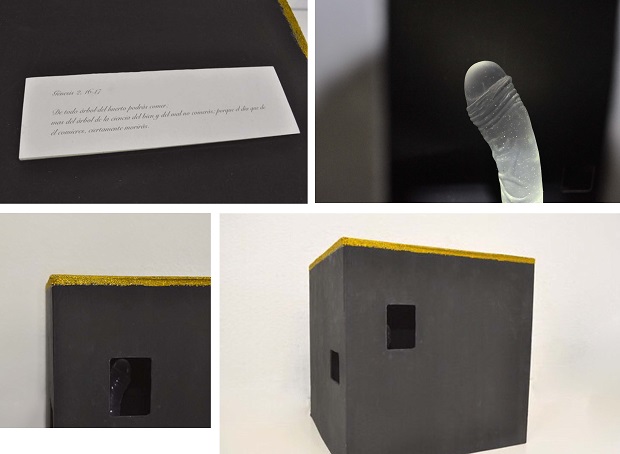
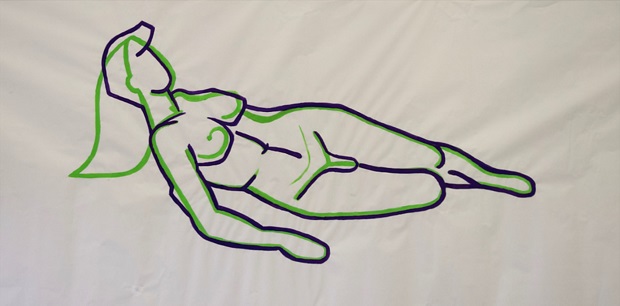
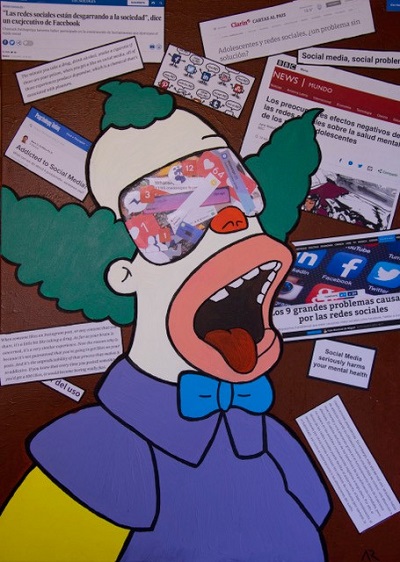
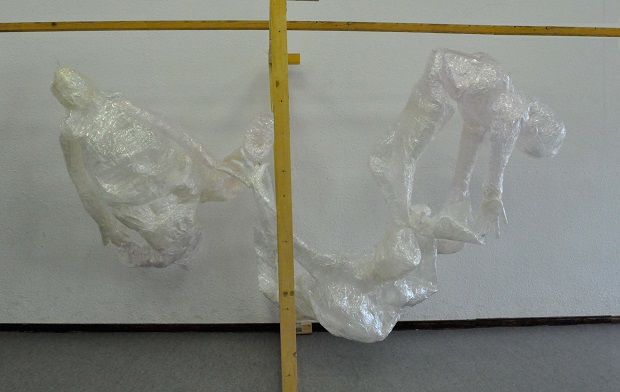
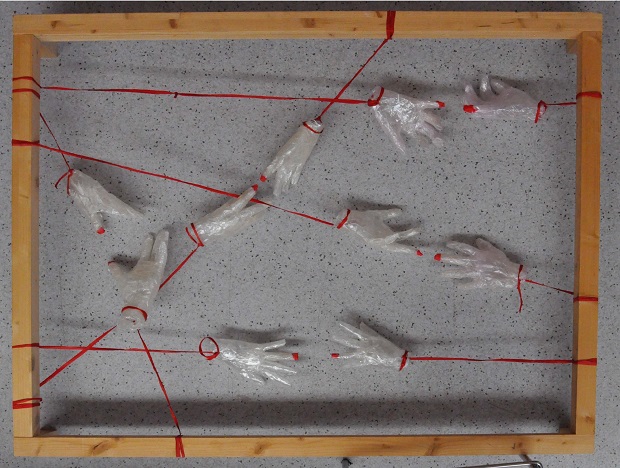
Related links
Post on the blog by Garbí Pere Vergés Schools Foundation: “El cos sense culpa al MNAC. Exposició del projecte artístic anual i visita guiada al museu.”






















